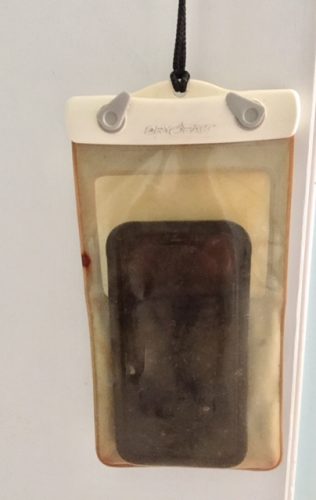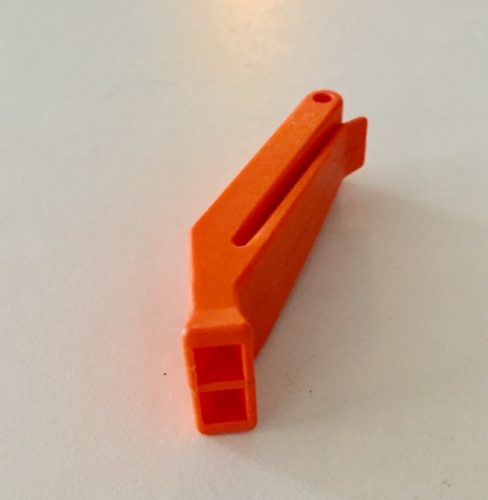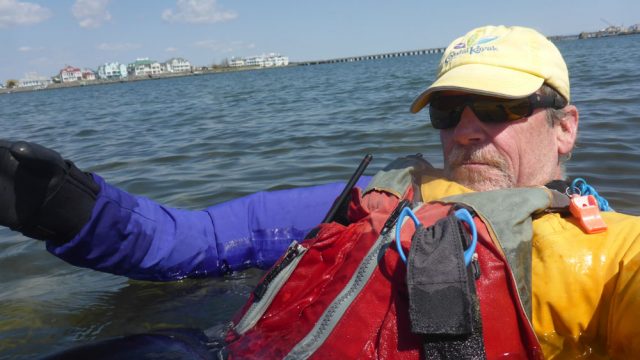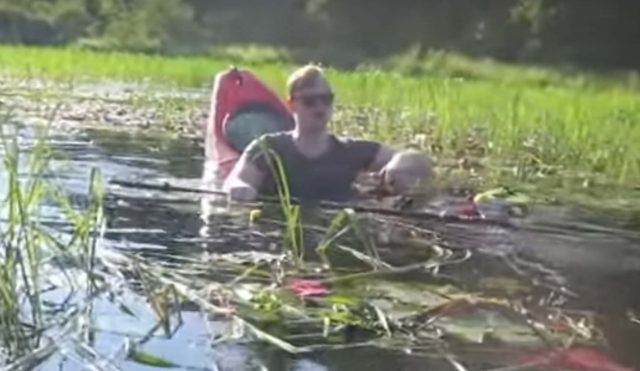One of the most appealing things about kayaking is how low tech it is. You don’t need much to have a great time on the water. But there are a few bare essentials (in addition to a boat and a paddle) that every kayaker should take on every trip, even if it’s only a five minute spin in in the pond you know like the back of your hand.
PFD (personal floatation device)
No matter where, no matter how long, no matter ANYTHING, you should always, always, always take/wear a PFD. The heart-breaking loss this spring of the mother and son who jumped in a canoe to go after an errant ball reminds all of us how quickly, how unexpectedly things can go bad.

Charged Cell Phone in a Dry Bag
Good or bad, very few places exist these days where you can’t find a cell signal. But if your phone falls in the water, or is sitting in the bottom of your kayak floating back and forth with each stroke, it won’t do you any good. Make sure it stays dry and convenient so you can get to it quickly if you find yourself in a bind.

Auditory Signaling Device
The most common (and least expensive) auditory signaling device for kayakers is a whistle. Make sure it is a pea-less whistle as humidity usually swells the pea and renders it useless. For kayakers, the purpose of a whistle isn’t so much to signal help as to make your presence known. If another boater is getting uncomfortably close, you can blow your whistle and wave your paddle to make sure the driver sees you.

Foot Protection
Fishing hooks, broken glass bottles, rusted mattress spring coils, jagged PVC pipes, sharp shells, rocks—we’ve seen all of this and more in the sand off of our bayside beach. A sliced foot will ruin a summer. You never know when you’ll need, or want, to get out of your kayak. Flip-flops are barely better than bare feet because they won’t stay on your feet in the water. Sandals with an ankle strap, old sneakers, water shoes with a solid sole—it doesn’t need to be fancy. But always wear foot protection.

Proper Clothing
In the summer, in our area, shorts and a T-shirt or a bathing suit make for a proper kayaking uniform. Our bays are shallow and warm quickly. But if you’re paddling in the fringe season or in deeper, colder water, you need to make sure you’re dressed appropriately. Usually, at the very least, that means layers of synthetic clothing, and possibly a wet suit or dry suit. Dress for the water temperature, not the air temperature. As kayakers always say, it’s not ‘if’ you capsize, it’s ‘when’ you capsize.

Attached Bailing Device (open-cockpit and/or touring kayaks)
If you capsize a touring kayak in water up to or over your head (for most of us that is 4.5-5.5 feet of water) you will not be able to get back in it without bailing it out. And Murphy’s Law requires that if you capsize, you will do it in a deep spot.
Capsizing isn’t the only reason you might need to bail out your kayak. An inconsiderate motor boater might create a big wake that breaks over your cockpit. Or the wind might pick up causing waves and spray to fill your kayak. Water in the bottom of your boat is extra weight which will make your kayak tippy. Kayak pumps are efficient and look cool. But low-tech items can bail, too—a cut-off milk jug, a cup, an empty dry bag, an empty water bottle, etc. A bailer doesn’t have to be pretty to do the job.
For longer trips, paddling in unfamiliar waters, paddling in lightly used waters, paddling after dark, and/or paddling in the off-season, your essential list needs to be much more extensive. The ACA and REI both provide great on-line checklists. Just make sure you know how to use all the equipment you take with you (a compass won’t be of much help if you can’t read it!). And if you don’t know how to use a recommended piece of gear, you might want to take a lesson before you take that trip.


